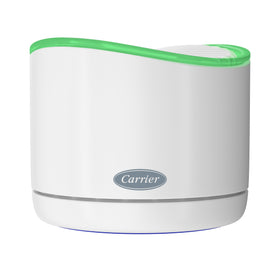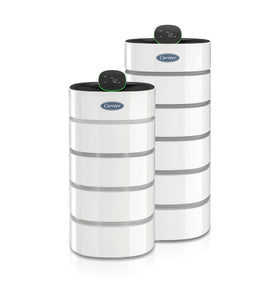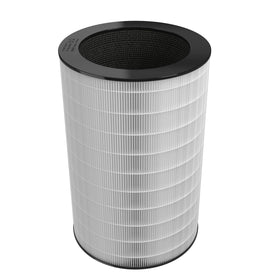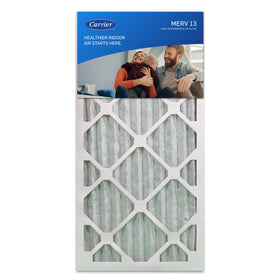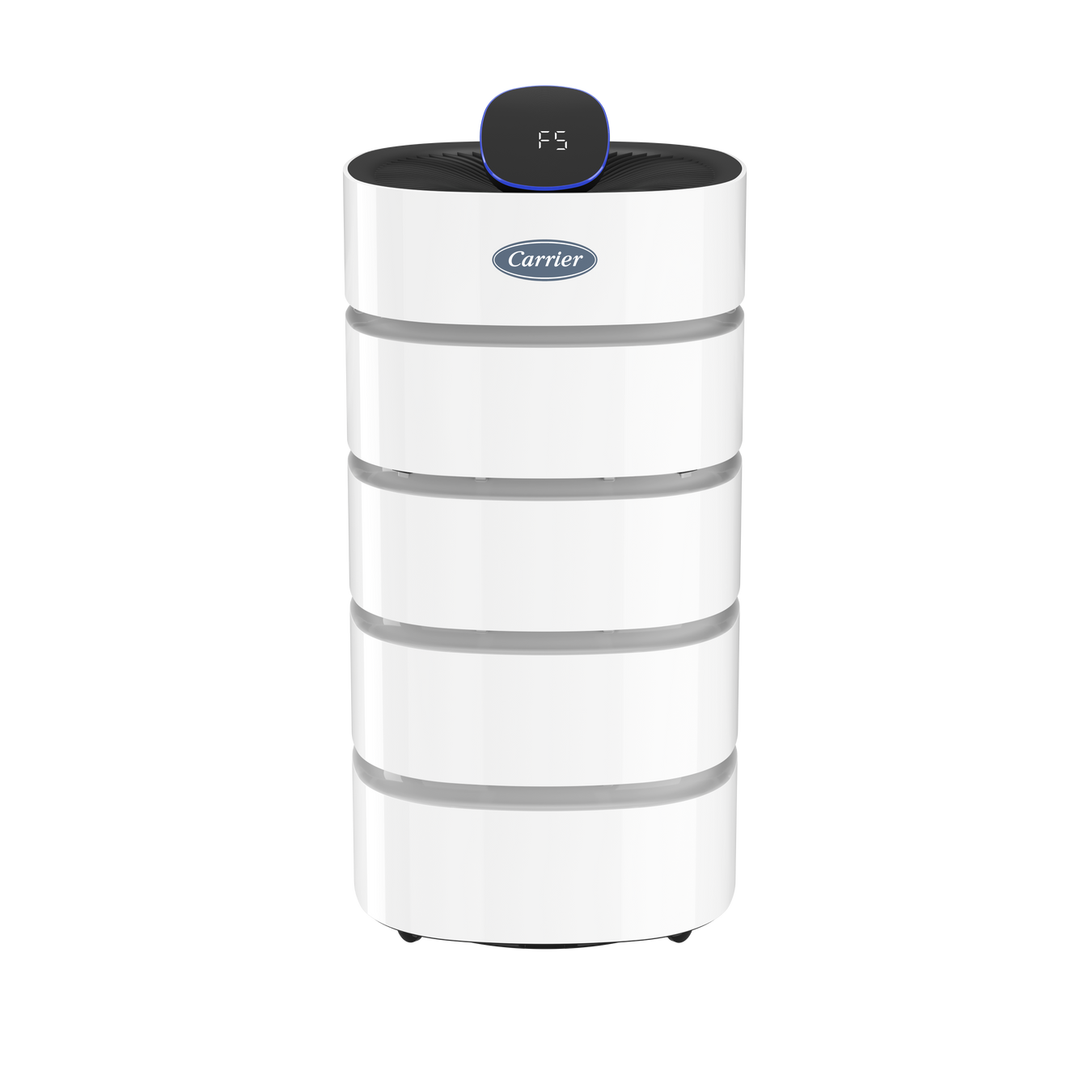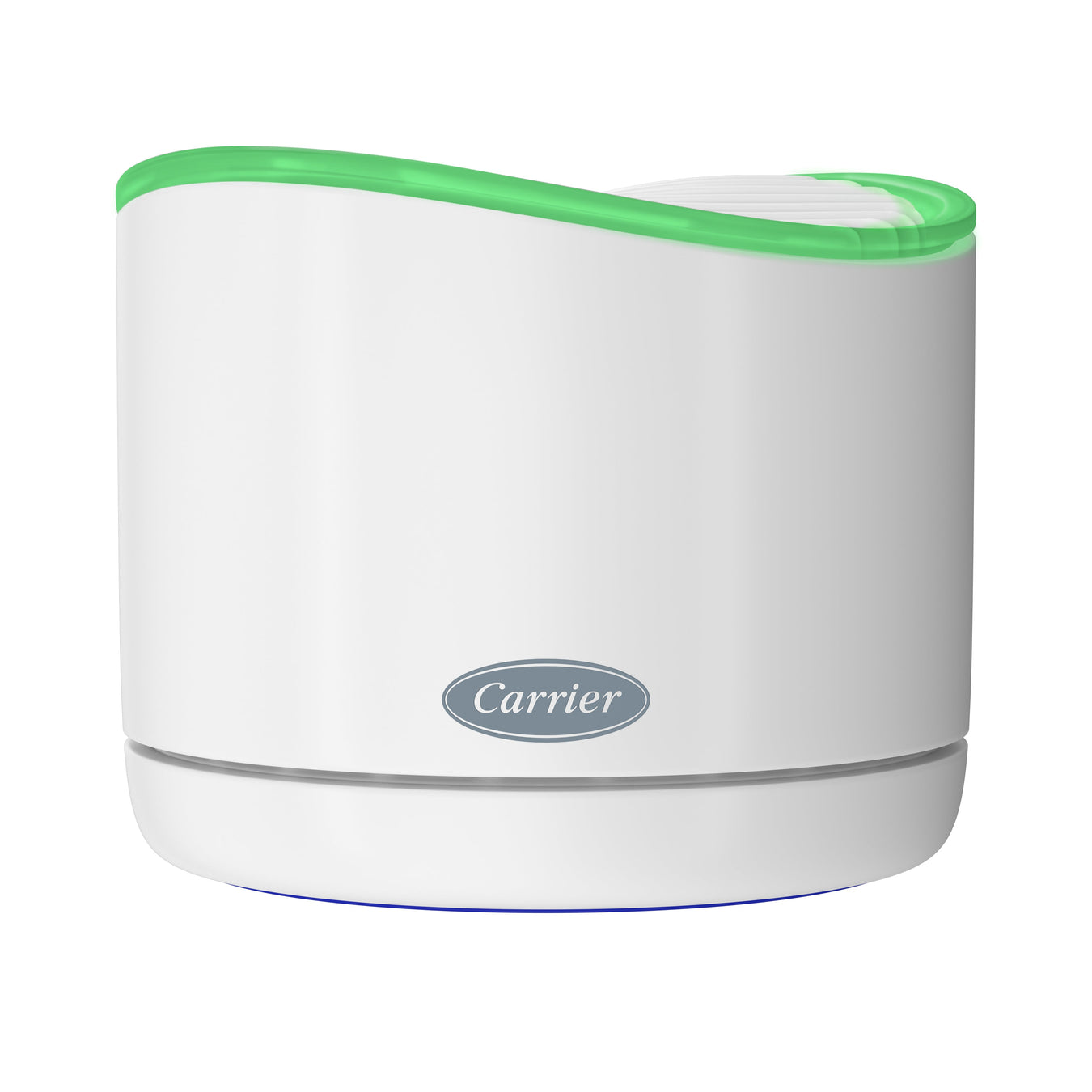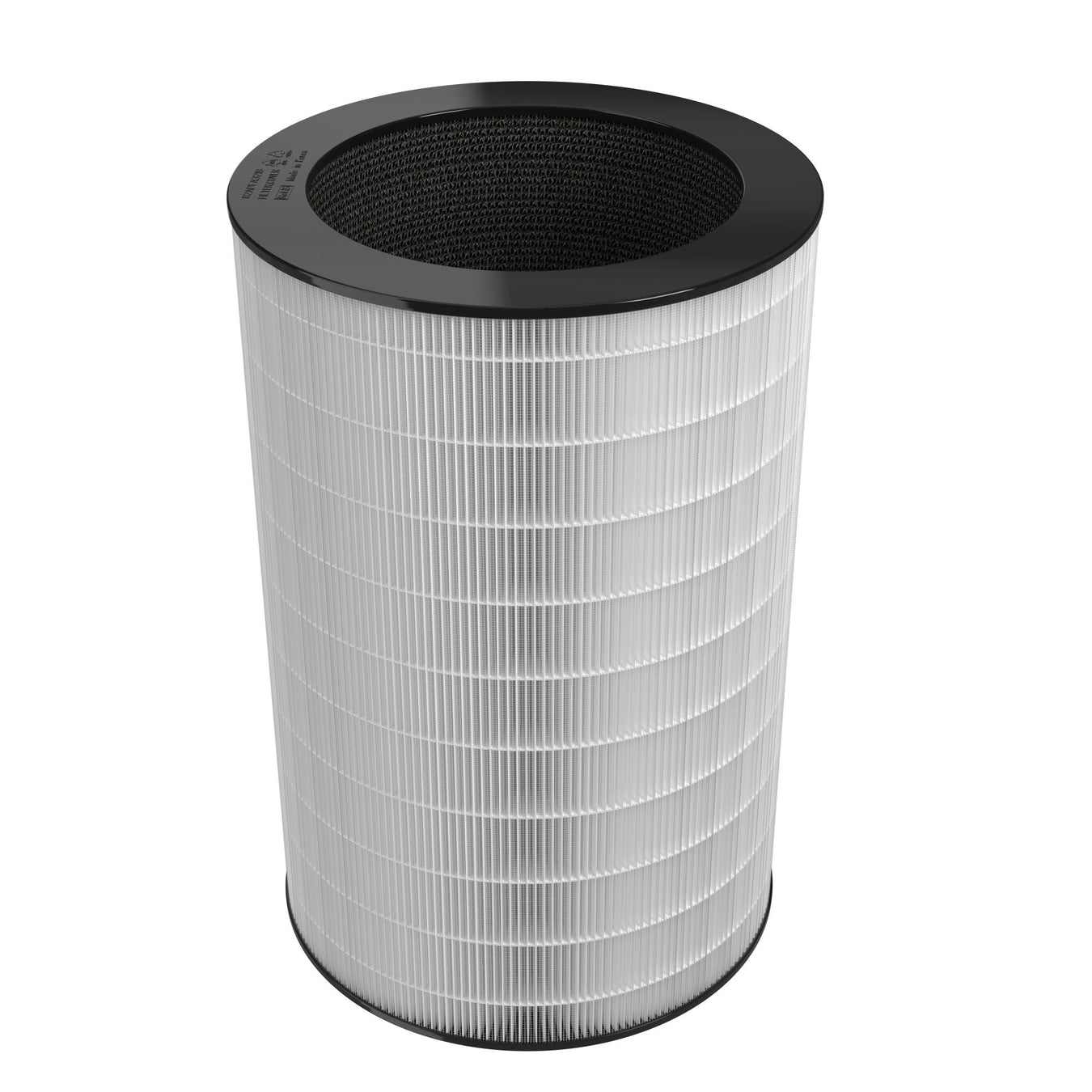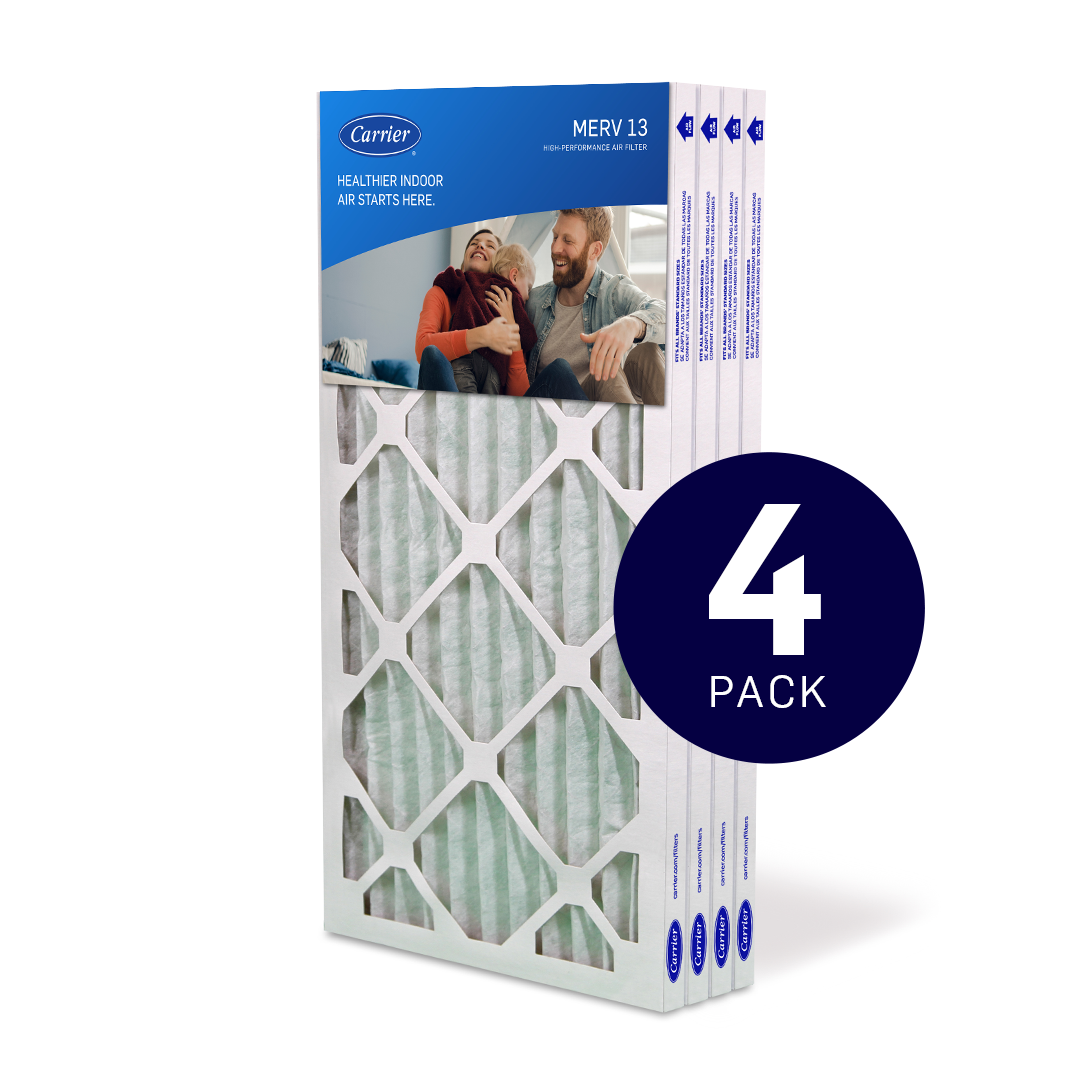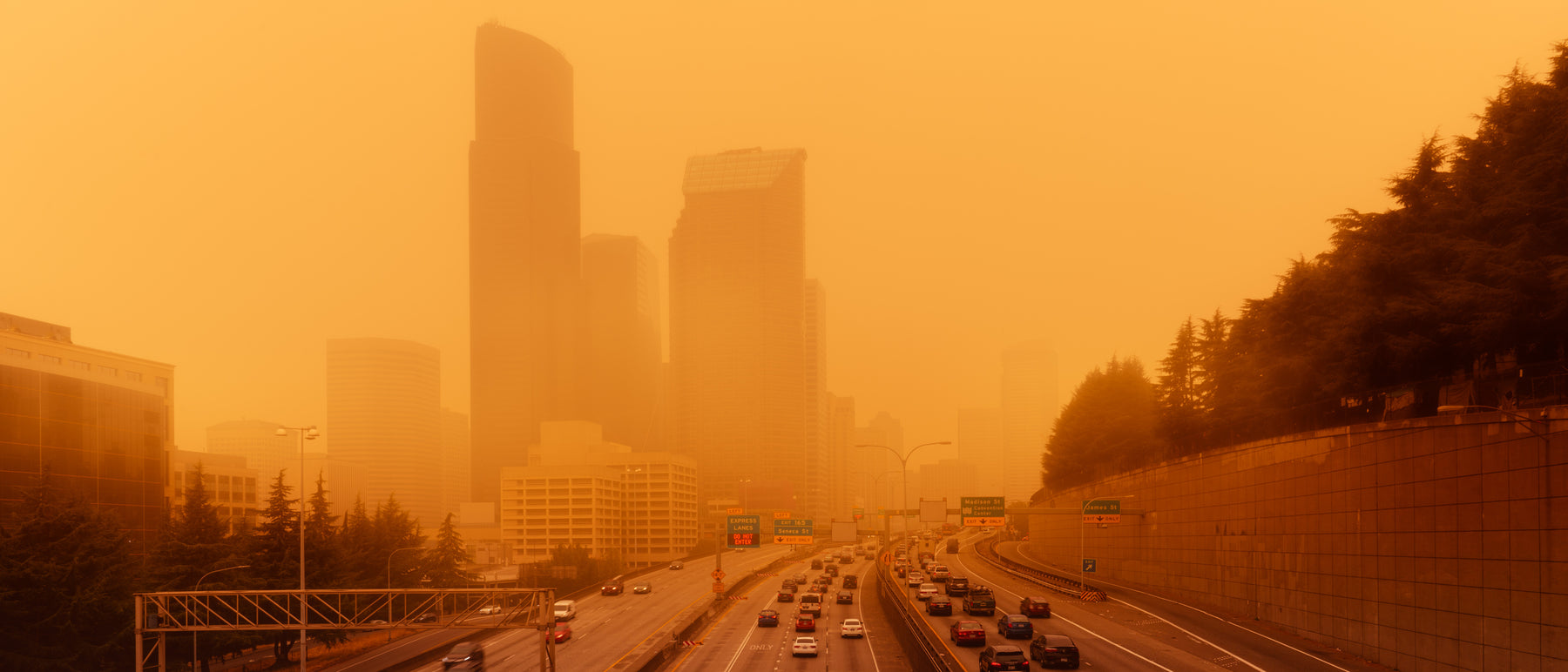
Best Air Purifiers for Smoke
Occurrences of wildfires are on the rise. In the past 23 years, wildfires in the United States have become four times larger and three times more frequent.1 And, eight of the worst wildfire weather years on record have occurred in the last decade.2 Making matters worse, the negative effects of wildfire smoke on human health aren’t just concentrated in areas near the fires, or magically contained by national borders. As an example, during the summer of 2023, drifting smoke from Canadian wildfires created some of the worst air quality in the world hundreds of miles away in U.S. cities like Minneapolis, Chicago, Detroit and New York City. With millions of people affected, it should be no surprise that interest in air purifiers for wildfire smoke is on the rise as well.
Before we get into the details of finding the best purifiers for smoke, let’s talk a little about some commonsense measures you can take to minimize your exposure. Be sure to watch your local weather stations for air quality alerts and avoid going outside when air quality is poor. Make sure to take a look at your local AQI (Air quality index) for more detailed information. If possible, sheltering in an air-conditioned space with windows and doors closed is highly recommended. Even with those precautions, you may still be affected by outdoor pollutants even inside your confined space as tiny cracks or unproperly installed air seal could allow those allergens (and even wildfire smoke for that matter) access into the interior environment. You may also still be exposed to indoor pollutants like dust, pet dander, volatile organic compounds and more. That’s why it’s so important to have a system in place for removing smoke particles and other pollutants from indoor air.

In this article, we’ll talk more about how wildfires can affect air quality, how it can affect your health, who is most vulnerable, the types of pollutants found in wildfire smoke, and the qualities that make the best air purifier for wildfire smoke.
Wildfire Smoke and Air Quality
To determine the best air purifier for smoke from wildfires, it’s important to know a little more about the pollutants that can be found in wildfire smoke, the average size of those pollutants, and types of filters that can effectively filter particles of that size. To gain a better perspective on the importance of having an air purifier for smoke, you should also learn about the types and severity of the health issues associated with wildfire smoke exposure.
Wildfires burn an enormous amount of both natural and man-made materials to create a complex mixture of thousands of individual compounds. Ozone, carbon monoxide, respiratory irritants and carcinogens are among the particles often found in wildfire smoke. The individual smoke particles from wildfires average between 0.4 and 0.7 microns in diameter3, which is small enough to pass through many lower quality air filters and purifiers. Particles of this size are particularly concerning because they can be inhaled deeply into the lungs and can even enter the bloodstream.4
Staying indoors is a great first step to avoiding exposure, but due to the size of the particles and various other factors, wildfire smoke can become an issue even in the best insulated home. Depending upon the types of airborne pollutants and the length and severity of exposure, you may experience some of the following symptoms5:
- Difficulty breathing
- Coughing/throat irritation
- Wheezing
- Chest tightness
- Decreased lung function
- Asthma attacks
- Itchy/burning eyes
Those who are vulnerable to airborne-related ailments, including the elderly, children, and individuals with underlying health conditions, are at greater risk for adverse health effects.5 For some individuals, exposure to wildfire smoke can lead to severe health issues/events such as:
- Heart attacks
- Stroke
- Worsening of chronic lung diseases such as COPD
- Abnormal heart rhythms
- Angina (chest pain or pressure)
These types of episodes can lead to emergency room visits, hospital stays or worse.5
To mitigate these issues, minimizing exposure to wildfire smoke is key – both indoors and out. Actively taking steps to improve indoor air quality in your home is critical because we spend over 90% of our time indoors, much of it at home.6 Keeping your home in good repair, updating window and door seals, caulking, or repairing other openings, and keeping doors and windows closed can all help abate infiltration of outdoor pollutants.
Adding high quality air purification can help target smoke particles that do find their way indoors. Depending upon the type of filtration you choose, it can also help minimize typical indoor air pollution.
Finding the Best Air Purifier for Wildfire Smoke
Highly effective air purifiers are available in a wide variety of sizes and styles. To target your whole home, a purifier installed in conjunction with your central cooling and/or heating system can be a great choice. Carrier offers the Infinity air purifier as a whole-home solution that can be added to your heating and cooling system. The Infinity Air Purifier uses a MERV 15 filter to capture 95% of particles above 0.3 microns in size.7 A portable model can be helpful in targeting a specific room – for example, living room purifiers for wildfire smoke, or a separate one for your bedroom or home office. Portable models can be great on their own, or they can be used to supplement a whole-home model.
Regardless of the approach, the best air purifier for wildfire smoke will be highly efficient at filtering the smallest airborne pollutants. Here are some things to consider when making your choice:
- Air purifiers with HEPA filters are very effective at filtering small particles such as those in smoke. As previously discussed, wildfire smoke particles are quite small – averaging 0.4 - 0.7 microns in diameter.3 This size is easily too small to be effectively captured by many standard air filters. On the other hand, HEPA filters capture 99.97% of airborne particles3 microns in size. Once you have a HEPA filter in place, be sure to have a supply of replacement filters available to keep it properly maintained.
- Check the CADR rating. CADR, or clean air delivery rate, is a voluntary rating system that certifies an air purifier’s effectiveness at filtering the air over a specified period of time. Each purifier will have a specific CADR rating for each of three types of pollutants: dust, pollen and smoke. The higher the rating, the more effective the purifier is. Please note that not all manufacturers decide to submit their product to be CADR rated as it is a voluntary program.8
- Air purifiers should ideally have a large enough fan to effectively pull indoor air from the indoor space through the filter. Some models will have multiple fan speeds available so they can adjust as needed to match indoor air quality conditions. These models also typically have a built-in air quality monitor too.
- Because most homes have a variety of spaces – large rooms, small rooms, etc., selecting an air purifier isn’t a “one-size-fits-all” proposition. As a rule of thumb, the air purifier you select should be able to filter the air at a rate of 4 –5 times the room’s volume per hour.9 Most manufacturers will list the square feet a purifier can handle or label their units as designed for use in large spaces or a small space. Don’t forget to consider your ceiling height. The Association of Home Appliance Manufacturers (AHAM) recommends the CADR of your air cleaner to be equal to at least two-thirds of the room's area, assuming 8-foot ceilings.10 For example, a standard ceiling 10x12 room will have an area of 120 square feet. Two-thirds of 120 is 80, so that room will need a purifier with a tobacco smoke CADR of 80. For more detailed info feel free to look at this guide.

Carrier smart air purifiers are a great choice to help tackle wildfire smoke particles in your home. They include HEPA filtration, an 18-speed that can automatically adjust as air quality changes, a built-in indoor air quality monitor, and are available in two different sizes to cover both small and larger rooms.
To summarize, wildfires are becoming a reality to more and more Americans. Even if the wildfire isn’t in your area, you may have been affected either by the Canadian wildfires or other fires from the Western United States. Regardless of the source, taking steps to minimize your and your family’s exposure to wildfire smoke can be vital to your health.
Pollutants in wildfire smoke can cause a number of issues. Vulnerable members of the population, including children, allergy/asthma sufferers, the elderly and other health-compromised individuals need to be especially careful.
To reduce your risk of wildfire smoke exposure, be sure to monitor air quality reports.
Keep in mind that wildfire smoke and other outdoor pollutants can still enter the home. That’s why adding high-quality air purification is an important part of your efforts to minimize your and your family’s exposure to the toxins found in wildfire smoke. For more information about how Carrier air purifiers can help, be sure to check out the Carrier at Home website.
- https://www.science.org/doi/10.1126/
- https://www.nature.com/articles/s
- https://www.ncbi.nlm.nih.gov/pmc/articles/
- https://www.epa.gov/wildfire-smoke-course/
- https://www.airnow.gov/sites/default/files/2021-05/
- https://www.epa.gov/report-environment/indoor-air-quality
- https://www.epa.gov/indoor-air-quality-iaq/what-merv-rating
- https://ahamverifide.org/ahams-air-filtration-standards/
- https://ahamverifide.org/ach-faq/
- https://ahamverifide.org/ahams-air-filtration-standards/

